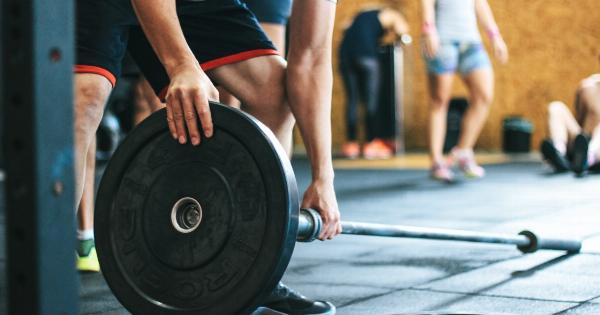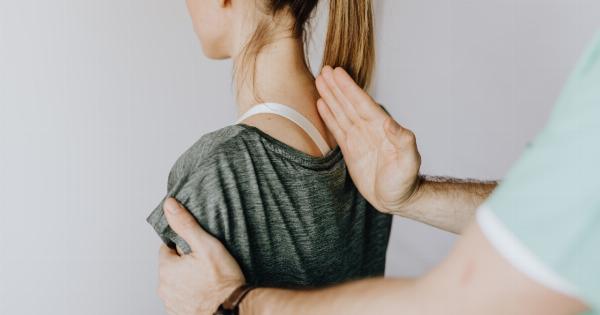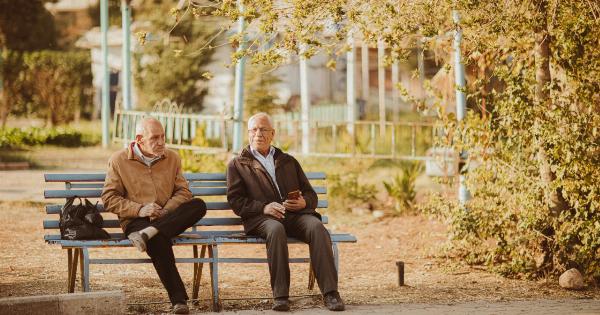Carrying heavy bags has become a common part of our daily lives. Whether it’s a laptop bag, backpack, or a suitcase, we are often burdened with the weight of our belongings.
But have you ever wondered if these heavy bags are damaging to your skeleton?.
The Impact of Heavy Bags on Your Posture
One of the primary concerns associated with carrying heavy bags is the impact it has on your posture. When you carry a heavy bag, it puts excessive weight on your shoulders, spine, and hips.
This uneven distribution of weight can lead to postural imbalances and increase the risk of developing musculoskeletal issues.
Over time, carrying heavy bags can cause your shoulders to become rounded and hunched forward. This rounded shoulder posture can lead to a variety of problems, including back and neck pain, headaches, and even reduced lung capacity.
Additionally, due to the strain caused by heavy bags, your spine may be forced into an unnatural position, affecting its natural curvature.
This can result in back pain, spinal misalignments, and an increased risk of developing conditions such as herniated discs or sciatica.
The Effects of Heavy Bags on Your Joints
Not only does carrying heavy bags impact your posture, but it can also exert excessive stress on your joints. When you carry a heavy load, your joints, such as your shoulders, elbows, and wrists, have to work harder to maintain stability and balance.
The repeated stress placed on these joints can lead to overuse injuries, such as tendinitis or bursitis. Carrying heavy bags can also strain the ligaments and tendons surrounding your joints, increasing the risk of sprains and strains.
Strategies to Minimize the Damage
While completely avoiding carrying heavy bags may not always be feasible, there are several strategies you can adopt to minimize the potential damage to your skeleton:.
1. Opt for a Backpack
When choosing a bag, opt for a backpack instead of a one-shoulder bag. Backpacks distribute the weight more evenly across both shoulders, reducing the strain on your spine.
Look for backpacks with adjustable straps and a padded back support for additional comfort.
2. Lighten Your Load
Pack only essential items in your bag and avoid unnecessary weight. Regularly assess the contents of your bag and remove items that you don’t need to minimize the strain on your body.
3. Use Wheels
If you have bulky items or necessary equipment to carry, consider using a bag with wheels. Rolling bags or suitcases with wheels can significantly reduce the stress on your body, especially when navigating through airports or busy streets.
4. Alternate Sides
If you must carry a one-shoulder bag, make a conscious effort to alternate sides frequently. This will help distribute the weight more evenly and prevent excessive strain on one side of your body.
5. Strengthen Your Muscles
Engage in regular strength training exercises to strengthen your core, back, and shoulder muscles. Strong muscles provide better support for your skeletal system and help alleviate some of the stress caused by heavy bags.
6. Take Regular Breaks
If you find yourself carrying a heavy bag for an extended period, make sure to take regular breaks. Set aside some time to remove the bag and stretch your muscles to alleviate any built-up tension.
Seeking Professional Help
If you regularly experience pain or discomfort as a result of carrying heavy bags, it is advisable to seek professional help.
A healthcare provider or a physical therapist can assess your posture, identify any underlying issues, and provide appropriate treatment or rehabilitative exercises to prevent further damage.































